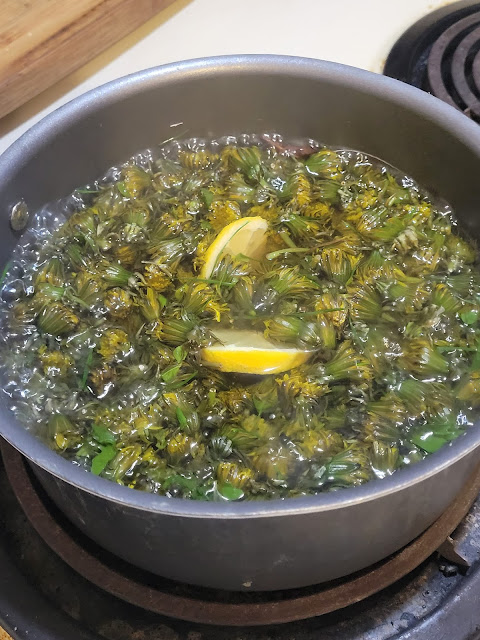Preserving the Harvest: Canning 343 Jars of Tomatoes - A Journey of Flavor and Abundance
Introduction:
Embarking on a journey of homemade preservation is an exciting endeavor, especially for those new to the art of canning. In this article, we celebrate the accomplishment of canning 343 jars of tomatoes. Through three dedicated sessions, you have transformed the abundance of fresh tomatoes into a treasure trove of preserved goodness. Join us as we explore the process, share valuable tips, and inspire others to embark on their own canning adventures.
A Bountiful Harvest: The Art of Canning 343 Jars of Tomatoes
There's a certain joy that comes from capturing the essence of the summer harvest and preserving it for the future. As a newcomer to the world of canning, you have undertaken an impressive feat—canning 343 jars of tomatoes. With dedication, patience, and a touch of creativity, you have transformed the seasonal abundance into a pantry stocked with vibrant jars of preserved tomatoes. Let's delve into the process and celebrate the accomplishment of your canning journey.
Session 1: The Foundation of Flavor
In the first session, you laid the foundation for your tomato canning extravaganza. Here's a glimpse into the process:
1. Tomato Selection: Choose ripe, firm tomatoes that are free from blemishes or signs of decay. Varieties such as Roma, San Marzano, or beefsteak tomatoes work well for canning due to their meaty texture and rich flavor.
2. Tomato Preparation: Wash the tomatoes thoroughly and remove any stems or leaves. You may choose to peel the tomatoes by blanching them in boiling water for a minute, then transferring them to an ice bath. This process makes peeling easier but is optional.
3. Jar Preparation: Sterilize canning jars, lids, and bands in hot, soapy water or by using a dishwasher. Rinse them well and keep them warm until ready to use.
4. Filling the Jars: Pack the prepared tomatoes into the sterilized jars, leaving a ½-inch headspace at the top. Add lemon juice or citric acid to each jar as a natural preservative.
5. Sealing the Jars: Wipe the rims of the jars with a clean, damp cloth to ensure a proper seal. Place sterilized lids on top and secure them with bands, tightening just until finger-tight.
6. Processing: Process the jars in a boiling water bath canner for the recommended time according to your altitude and canning guidelines. Once processed, carefully remove the jars and let them cool undisturbed.
Session 2: Exploring Versatility
In the second session, you expanded your canning repertoire by experimenting with various tomato-based recipes. Consider the following ideas:
1. Tomato Sauce: Simmer a mixture of tomatoes, onions, garlic, herbs, and spices to create a versatile tomato sauce that can be used in pasta dishes, soups, or stews.
2. Salsa: Combine tomatoes, onions, peppers, garlic, cilantro, and lime juice to create a zesty salsa perfect for dipping, topping tacos, or enhancing grilled meats.
3. Tomato Jam: Transform tomatoes into a sweet and tangy jam by cooking them down with sugar, vinegar, and spices. This delightful condiment pairs well with cheese, crackers, or sandwiches.
Session 3: Celebrating the Harvest
The final session was a celebration of your bountiful harvest. Here's how you completed the canning process:
1. Labeling and Storage: Once the jars have cooled and the lids have sealed, label each jar with the contents and date of canning. Store the jars in a cool, dark place away from direct sunlight.
2. Sharing the Bounty: Share your homemade canned tomatoes with friends, family, and neighbors, allowing them to experience the fruits of your labor and savor the flavors of the season.
Canning 343 jars of tomatoes over three sessions is a remarkable accomplishment. Through your dedication and passion, you have harnessed the flavors of the harvest and preserved them for future enjoyment. As you gaze upon your pantry filled with rows of vibrant jars, take a moment to appreciate the journey—both in terms of the process and the memories you've created. Let your accomplishment inspire others to embark on their own canning adventures, preserving the bounties of nature and savoring the taste of homemade goodness throughout the year.




















Comments